If you’ve ever bought avocados at the supermarket, then you know how challenging it can be to choose just the right ones. Here’s what you need to know about how to buy avocados, along with tips on ripening and proper storage.
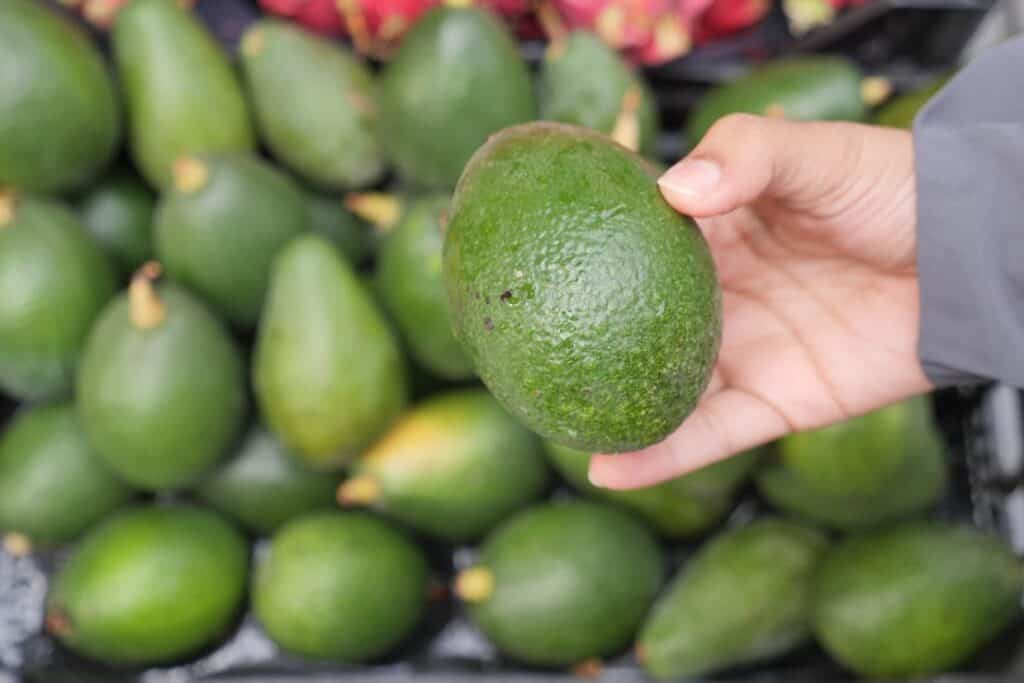
Buying avocados
When is the best time to buy avocados? Well, that depends. How soon do you need to use them? How ripe are they? And, most importantly, are they a good price?
When you find avocados on sale, stock up. You may not realize it, but you can freeze avocados. That way, you can have them whenever a recipe calls for them.
Avocados grow in warm climates like Southern California and Mexico. Therefore, they’re a year-round fruit, unlike other produce such as Maine fresh blueberries. The good news is because you can buy avocados all the time, you likely won’t see a huge spike or dip in prices overall.
This pricing consistency is true even during the football playoff season — the number one time during the year when people buy avocados. According to The Packer, a supermarket trade magazine, Americans consume 250 million pounds of avocados leading up to football’s biggest weekend. Wondering what’s the second-highest period for avocado sales? It’s Cinco de Mayo.
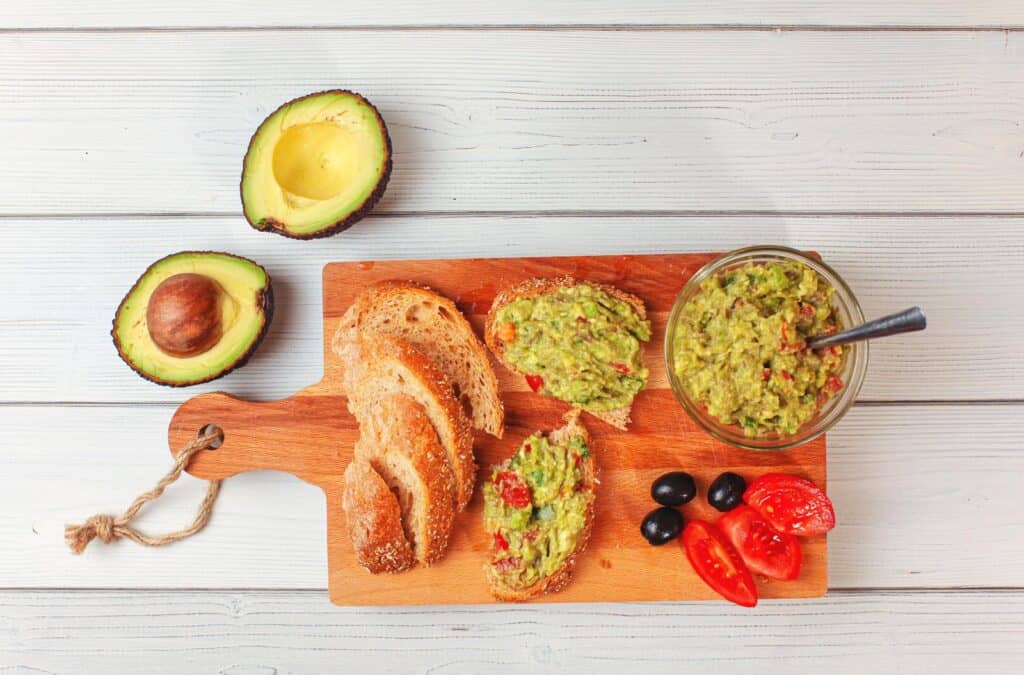
How to buy avocados
The biggest issue when choosing an avocado is making sure it is good enough to eat. So, how can you tell if an avocado is ripe? Two things to look for:
- Color
- Firmness
Perfect avocado color
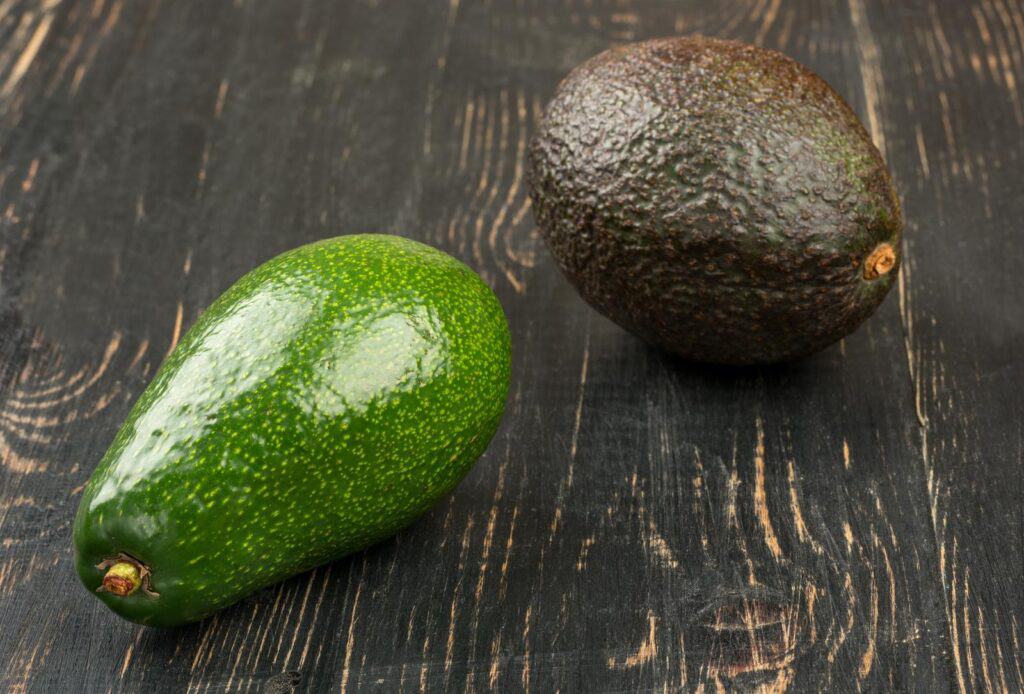
The darker the avocado skin is, the more ripe it likely is. In other words, a bright green or light green avocado hasn’t fully ripened yet.
It is not ready for you to make guacamole or however you plan to use this fruit. That doesn’t mean you can’t buy it, though. There are easy ways to ripen an avocado at home.
On the other hand, an avocado that is so dark it almost looks black, well, it could be past its prime. That’s where the second element of choosing an avocado comes in — firmness.
Firmness of avocado
A dark, almost black avocado that feels firm is probably still good to eat. You just want to make sure that this firmness is all the way around the fruit. If you find any soft spots or the skin has broken, you don’t want to buy it, especially if you’re using SNAP EBT benefits to buy fresh produce. These are signs that an avocado has gone bad.
When it comes to a hard avocado, it is not ripe. So, continue to check firmness to find one that’s not too hard and not too soft. Be like the children’s storybook character Goldilocks in this instance and find one that’s just right.
That being said, if you can’t find the perfect avocado, don’t worry. You can buy ones that are lighter in color or still hard to the touch. Then, ripen them at home just like Laura Sampson of Little Frugal Homestead does. “Living in Alaska, it’s rare that I find ripe avocados, so I’ve become my own expert at ripening them out of sheer necessity,” she explained.
How to ripen avocados at home
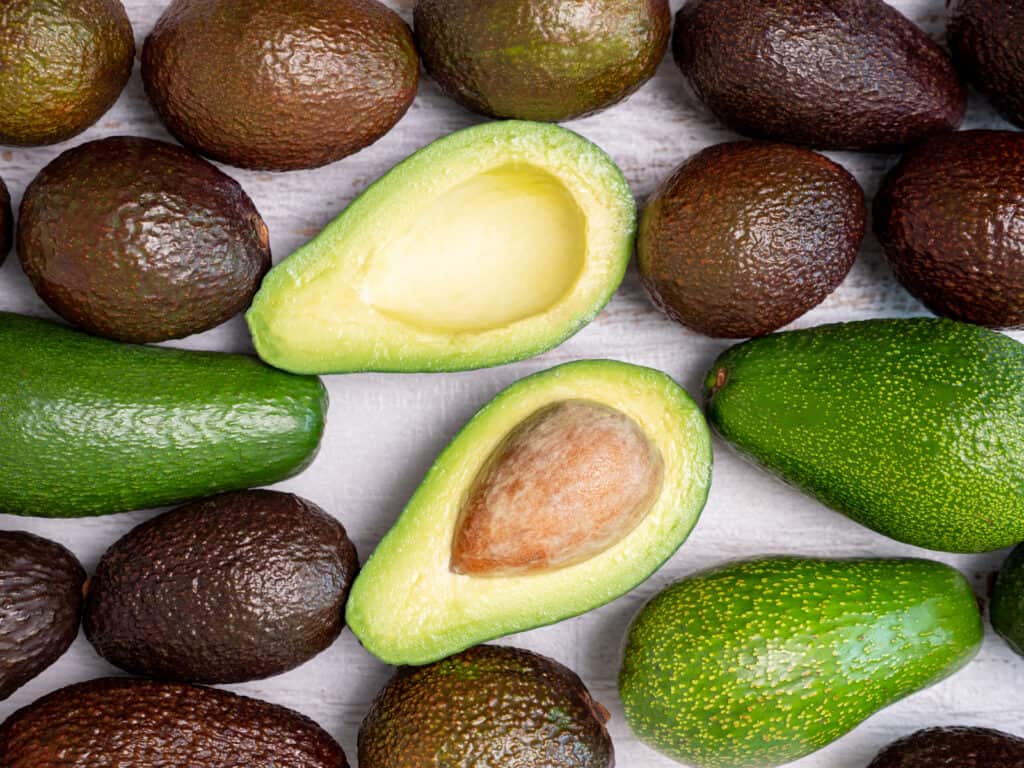
Most avocados need four to five days to achieve peak freshness. This assumes you brought home a bright green or hard avocado that isn’t close to ripening. You’ll help it along by keeping it out of direct sunlight and heat. A shady spot on a cool kitchen counter will work great. However, keep the avocados out of reach of your pets — avocados are toxic to dogs.
If for some reason your avocados start ripening faster than expected, you needn’t drop everything and eat them right away. Instead, you can put the avocado in the refrigerator. The cool temperatures will slow down or stop the ripening process.
Ripening avocados quickly
Now, let’s say you need to ripen an avocado quickly. Like, you’re having a party soon and need to make guacamole. Then, you’ll want to reach for a paper bag to speed up the ripening process.
You may have used this ripening hack with green tomatoes, under-ripe peaches or pears. That is, you put a fruit you need to ripen in a paper bag with an apple. Then, close the bag. The apple emits chemicals that help the other fruit to ripen quickly — possibly as fast as overnight.
Sometimes, you don’t even need the apple. Sampson of Little Frugal Homestead has discovered that the paper bag alone can get the job done. “I wrap hard avocados in a brown paper bag and leave them at room temperature for one to five days, depending on how hard they are,” she added. “I start checking for ripeness after 24 hours. I remove any softened avocados from the bag. Then, the rest remain in the bag. I remove them as they become soft, too.”
Finally, try this hack to know when an avocado is really, truly ready to use. “Look at the little stem cap at the top of your avocado,” Michelle Price of Honest and Truly suggested. “If you can gently wiggle it off, and it comes off smoothly and easily, it’s ripe and ready to go.”
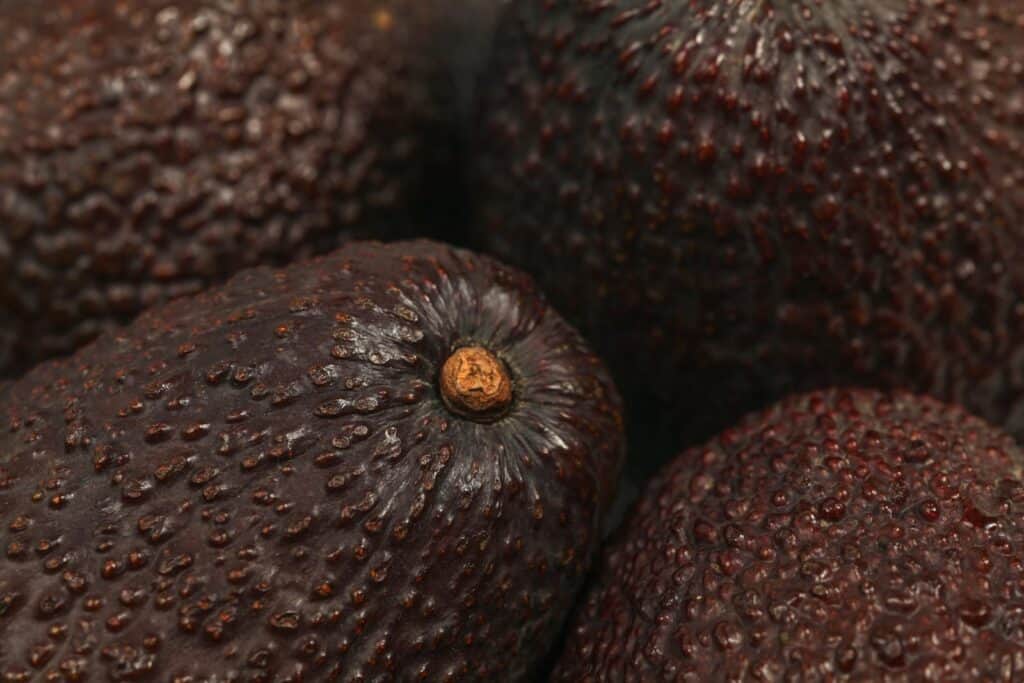
How to store cut avocado
You’ve gotten your avocado where you want it; you’ve cut into it, but you need only half of it to make your guacamole, avocado toast or healthy smoothie. How are you supposed to store the other half?
For starters, if you haven’t discarded the pit, don’t. Having the pit intact can help the avocado stay fresher longer.
You’ll definitely want to put the cut avocado in the refrigerator, but don’t just put it on a plate and close the refrigerator door. Instead, wrap the half or halves in plastic film or place them in some kind of air-tight storage container. This could be a glass jar with a screw-on top.
Now you know how to buy, ripen and store avocados, including freezing them. This means that you won’t have to wait for special football weekends or May holidays to enjoy them.
Leah Ingram is the author of 15 books, including “Suddenly Frugal: How to Live Happier and Healthier for Less.” She shares content related to living in or visiting Maine at Southern Maine on the Cheap.